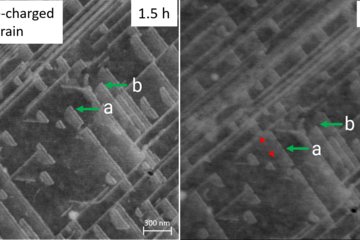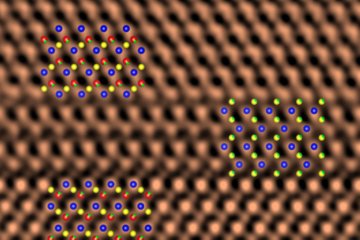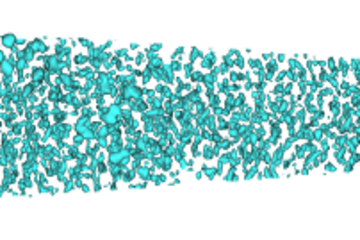All genres
1.
Journal Article
Constitution of the ternary system Co–Si–Ti. Intermetallics 38, pp. 92 - 101 (2013)
2.
Journal Article
Liquidus projection and reaction scheme of the Co–Al–Nb system. Journal of Phase Equilibria and Diffusion 33 (3), pp. 210 - 221 (2012)
3.
Journal Article
The Ternary System Nickel-Silicon-Titanium Revisited. Zeitschrift für Anorganische und Allgemeine Chemie 636 (6), pp. 982 - 990 (2010)
4.
Journal Article
On the reaction scheme and liquidus surface in the ternary system Fe–Si–Ti. Intermetallics 16 (2), pp. 273 - 282 (2008)
5.
Journal Article
Ressessment of the Binary Aluminium – Titanium Phase Diagram. Journal of Phase Equilibria and Diffusion 27 (3), pp. 255 - 277 (2006)
6.
Conference Paper
Magnetic Properties of Fe56.7Ni10Si33.3. In: IEEE Transactions on Magnetics, Vol. 50, 2003404. Published by the Institute of Electrical and Electronics Engineers for the Magnetics Group, New York, NY (2014)
7.
Talk
Phase Equilibria of the Partial System CoSiTi–Ti5Si3–TiSi–Co4Si7Ti4. TOFA 2012, Discussion Meeting on Thermodynamics of Alloys, Pula, Croatia (2012)
8.
Talk
Investigation of Phase Diagrams of Laves Phase Containing Binary and Ternary Nb–TM(–Al) Systems with TM=Cr,Fe,Co. 2nd Sino-German Symposium on Computational Thermodynamics and Kinetics and Their Applications to Solidification, Kornelimünster, Aachen, Germany (2009)
9.
Talk
THALU + silicon: Recent experimental ternary phase diagram data. Thermodynamics of Alloyed Aluminides, THALU, Interlaken, Switzerland (2007)
10.
Talk
Reassessment of the Ti–Al Phase Diagram. 3rd international Workshop on g-TiAl Technologies, Bamberg, Germany (2006)
11.
Talk
(Re-assessment of) The Al–Ti System. Thermodynamics of Alloys (TOFA 2004), Vienna, Austria (2004)











